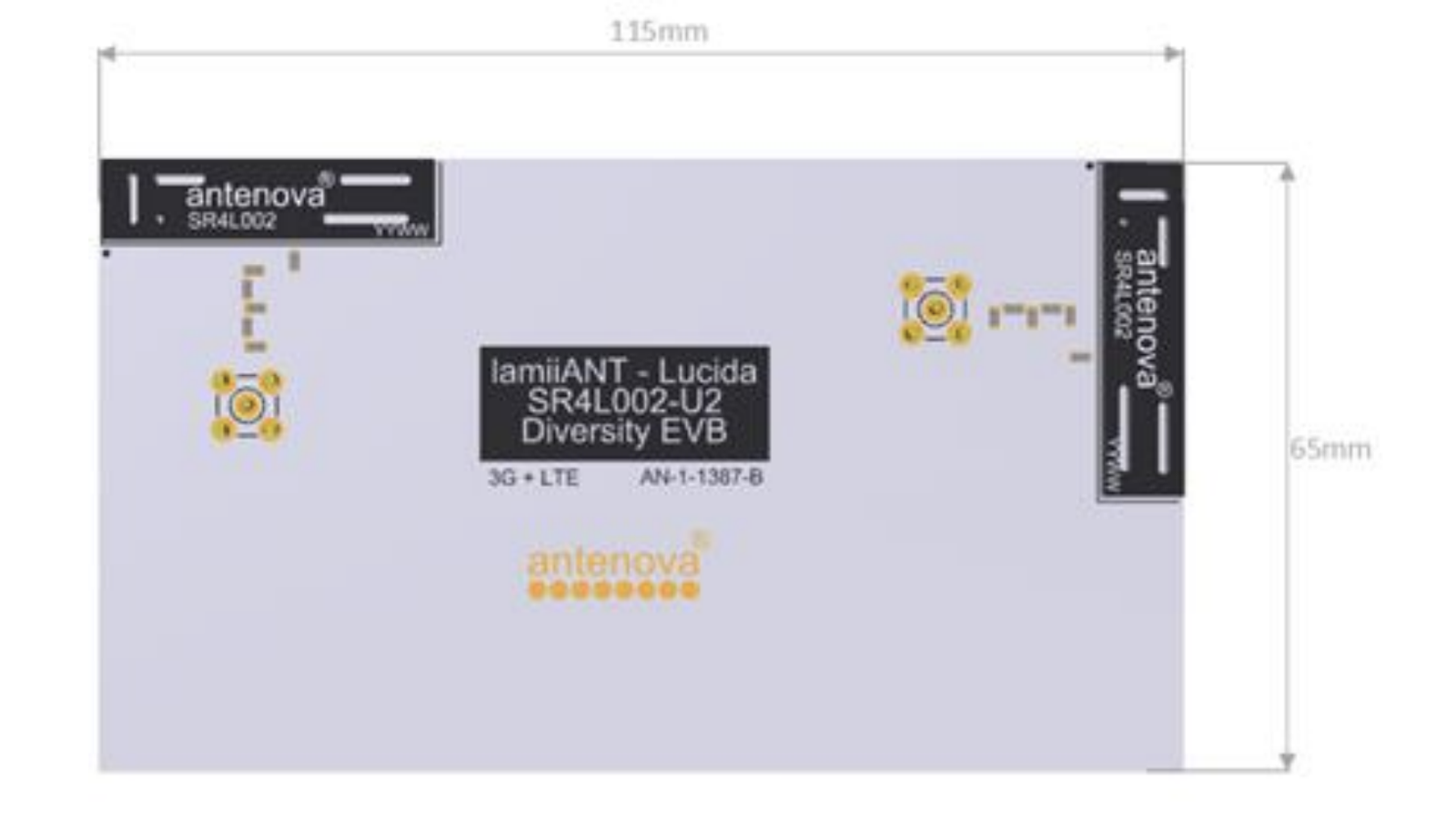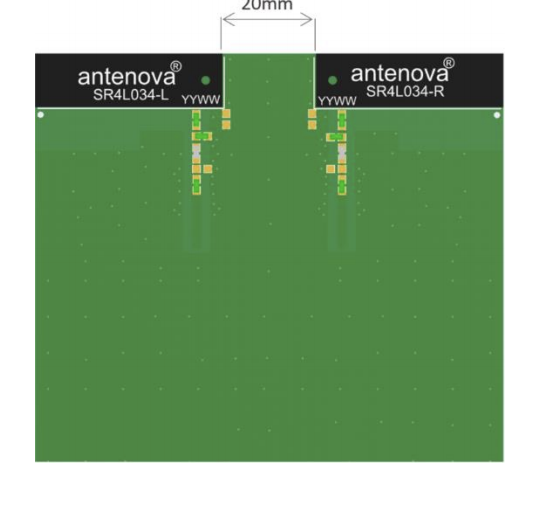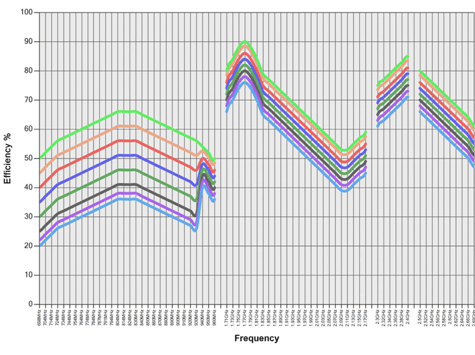MIMO technology is fundamental to the success and operation of new wireless technologies: WiFi 6 (IEEE 802.11ax), 5G (Release 17), LTE (4G) and WiMAX (4G), to name but a few. While these technologies create new opportunities for devices, they come with a handful of new challenges for engineers.
MIMO versus SISO
MIMO stands for multiple-input and multiple-output, which can multiply the capacity of a wireless system while reducing noise and boosting signal strength. By multiplying the number of antennas, these systems can outperform single-input and single-output (SISO) solutions.
The MIMO technique employs antenna arrays, i.e. more than one antenna transmitting/receiving signals, which work together to provide superior performance over a single antenna. There is a range of advantages that come with MIMO systems, in that they increase gain, reduce noise, and offer the added benefit of wireless diversity, which boosts signal strength.
MIMO technologies boost the performance, signal strength and efficiency of wireless devices. However, they require much more consideration during the integration process, one that optimises the specific performance and characteristics of MIMO antennas – including techniques such as beam forming, decoupling and optimising antenna placement within a device for maximum coverage.
What does MIMO mean for the Internet of Things?
The Internet of Things (IoT) has radically changed the scope and number of devices harnessing wireless technologies. Unlike other types of device, IoT products are small, with highly compact circuit boards that allow ‘things’ to integrate seamlessly with the products we are all familiar with. Introducing MIMO systems to these devices requires greater care than more simple one-antenna solutions.
For starters, MIMO antennas introduce greater ground plane requirements. For applications that utilise the lower frequency bands, devices will need more than 100mm of ground plane space.
Isolation issues are also prevalent. With a greater number of antennas, they may suffer from a decrease in efficiency. This issue is particularly challenging for antennas that share a ground plane or operate on similar frequencies.
The solution to both of these challenges is to dedicate more circuit board space to your wireless solution. But in many IoT applications, finding this space can be extremely challenging.
Obtaining network approval is therefore much more difficult for IoT devices using MIMO. Some carriers (such as AT&T in the US) set high benchmarks for passing rates, which is why MIMO devices have higher failure rates than other kinds of cellular devices.
LTE and 5G standards pose new testing challenges for product designers. With more complex signals comes more sophisticated tests and a greater need to conduct extensive testing on devices. Preparing devices accordingly is critical for a smooth product launch.
Enhancing the performance of MIMO designs
MIMO technology utilizes multiple antennas at the transmission and reception ends of the wireless system. While this boosts capacity, there’s an increased chance that antennas will mutually couple or suffer from poor envelope correlation coefficients. With this in mind, there are a few critical concerns for IoT designs:
Isolation
By placing parasitic elements between MIMO antennas, you can increase the isolation between them. These do not necessarily need to be connected to the antennas, rather just present between antennas.
Reducing coupling effects
Antenna-to-antenna mutual coupling is a natural occurrence in a compact device. This decreases the radiation pattern and increases the cross-channel interference suffered by each antenna. It also alters the input characteristics of the antenna.
You can minimize coupling effects by etching slots and slits on the ground plane. This includes using vias and GND knitting techniques.
Cross-correlation
The spatial characteristics of antennas and the nearby operating environment can cause problems with regards to cross-correlation. Antennas featuring beam-steering technology can assist with reducing cross-correlation.
Selecting the right antenna can make all the difference. The materials, makeup, topology and ease of integration of an antenna can offer high levels of performance with minimal design intervention.
Selecting antennas for MIMO devices

Antenova’s antennas are designed to be small enough to place several on the same circuit board, for use in diversity applications with minimal performance trade-offs. We’ve created a range of MIMO-capable antennas that are small, high performance and offer designers easy integration solutions, including:
- Lucida (pictured above). Lucida is an LTE antenna suitable for diversity MIMO applications.

- Inversa (US) and Integra (EU). Two antennas built for optimal performance in the US and EU markets respectively. They are both available in left and right variations to reduce coupling and improve isolation. The antennas require just 15mm of space between antennas for effective performance and can be enhanced with a slot between the two antenna for even better isolation.
Explore our MIMO antenna solutions
Antenova has a range of antennas suitable for MIMO applications, including Lucida, Integra and Inversa. We also offer over-the-air test assistance and expert customer support for our high volume customers.
To get in touch with our experts, submit your questions on Ask.Antenova or get in touch with your local Antenova sales representative. We would also recommend ordering an evaluation board through our product pages, where you can get hands-on with our antennas.
For more information, please download our product data sheets and 3D files at www.antenova.com.




